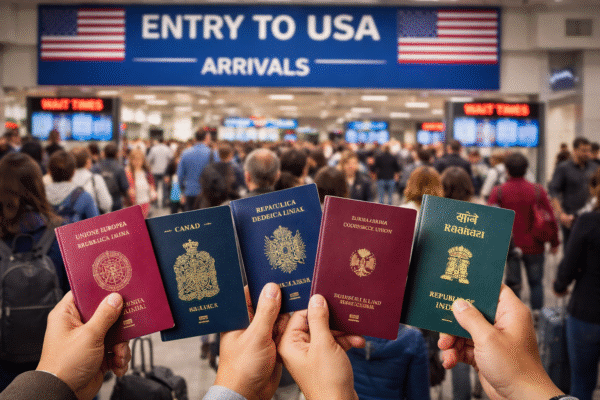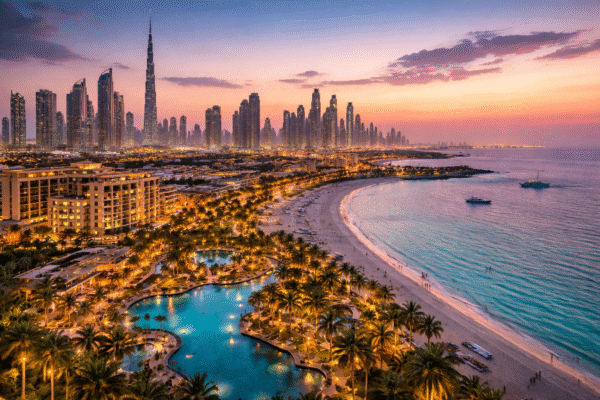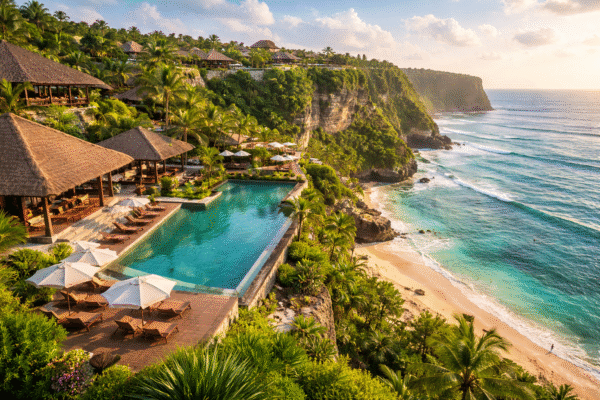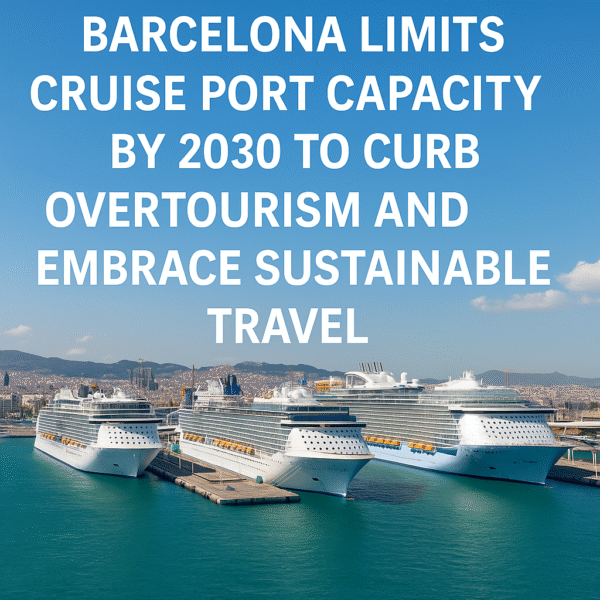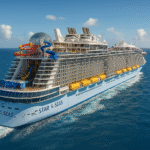Barcelona, Spain — One of Europe’s most iconic and visited cruise destinations, Barcelona is taking decisive action to combat overtourism. In a strategic agreement between the City Council and the Port of Barcelona, officials confirmed plans to reduce the number of cruise terminals from seven to five by 2030. The move is a bold step in the city’s mission to curb environmental damage, relieve congestion in popular neighborhoods, and shift tourism toward sustainability.
The announcement comes amid growing frustration among residents and policymakers over the impacts of mass tourism on the historic Catalan capital, particularly from the surge of one-day cruise ship visitors flooding local landmarks like La Rambla and the Sagrada Familia.
Reducing Cruise Capacity to Protect the City
Under the newly announced plan, Barcelona’s cruise passenger capacity will be trimmed from a current 37,000 down to approximately 31,000 at any given time. Three terminals at the northern end of the port, closest to the city center, will be closed and merged into one modern terminal further south. This shift is designed not only to reduce congestion in densely populated urban areas but also to streamline operations and improve environmental monitoring.
The cruise sector has been booming in recent years. According to the Port Authority of Barcelona, cruise calls jumped 21% in the first five months of 2025 compared to the same period in 2024, while passenger arrivals surged by 20%, totaling 1.2 million. While cruise tourism contributes significantly to the local economy, city officials have grown concerned about the unsustainable pace of growth.
A City Struggling with Overtourism
Barcelona is not new to the challenges of mass tourism. With nearly 30 million visitors annually, the city has seen its historic districts overwhelmed, rents inflated, and public services stretched. Cruise tourism has become a flashpoint, drawing tens of thousands of passengers into the city each day—many of whom do not stay overnight or contribute significantly to the local economy beyond a few souvenir purchases.
“We welcome tourism, but it has to be compatible with the quality of life for residents,” said Janet Sanz, Barcelona’s Deputy Mayor for Urban Planning. “This is about making Barcelona liveable and resilient in the face of global tourism trends.”
Environmental Commitments and EU Compliance
Another cornerstone of the port reform is environmental sustainability. Barcelona is leading Europe in aligning with the EU’s 2030 maritime climate goals, including the requirement for Onshore Power Supply (OPS) at ports.
By 2030, the Port of Barcelona aims to equip all cruise berths with shore power facilities. This will allow docked ships to connect to the local electricity grid and shut off their diesel engines, reducing harmful emissions of nitrogen oxides (NOx), sulfur oxides (SOx), and carbon dioxide. Currently, emissions from cruise ships docked in ports are a major contributor to urban air pollution.
According to the European Commission, maritime transport accounts for 13.5% of greenhouse gas emissions from EU transport. Barcelona’s decision positions the city as a leader in eco-friendly port operations, setting a strong example for other major European cruise ports such as Venice, Marseille, and Dubrovnik.
Shift Toward Longer, More Meaningful Stays
In addition to reducing day-trip cruise passengers, Barcelona is also shifting its tourism model toward promoting longer stays and deeper cultural engagement. City officials hope that by focusing on ships that use the port as a homeport—where passengers start or end their journeys—rather than just quick stops, visitors will spend more time (and money) in the city’s hotels, restaurants, museums, and local businesses.
“Longer stays lead to a higher quality of tourism and a more sustainable economy,” said Sanz. “We want visitors to discover the real Barcelona beyond the tour bus routes.”
Broader Trends in European Cruise Tourism
Barcelona’s strategy is part of a wider European movement to address overtourism and its impact on local communities. Cities like Amsterdam, Palma de Mallorca, and Venice have all introduced cruise ship limits or bans on certain types of vessels in response to public pressure.
Venice, for example, banned large cruise ships from its historic lagoon in 2021 due to damage to its fragile ecosystem and heritage structures. Similarly, Dubrovnik has placed daily caps on cruise arrivals to preserve its UNESCO-listed old town.
Economic and Social Benefits of Reform
The Port of Barcelona remains one of the Mediterranean’s most important hubs. The reform plan doesn’t aim to shut the door on tourism but rather to reorient it in a way that benefits both residents and the industry.
Local businesses, especially in areas less frequented by mass tourism, could see increased foot traffic from visitors staying longer and exploring off-the-beaten-path neighborhoods. Additionally, cruise lines with strong environmental credentials and longer itineraries may benefit from higher-quality clientele and community goodwill.
Conclusion: Setting the Standard for Sustainable Cruise Tourism
Barcelona’s decision to limit cruise port capacity by 2030 marks a defining moment in European tourism policy. With a firm focus on sustainability, environmental responsibility, and quality of life for locals, the city is shaping a new future for cruise tourism—one that balances economic gains with cultural preservation and environmental protection.
By reducing passenger flow, investing in shore power, and encouraging deeper visitor engagement, Barcelona is not just reacting to overtourism—it’s leading the charge for a new generation of travel.
For more travel news like this, keep reading Global Travel Wire










